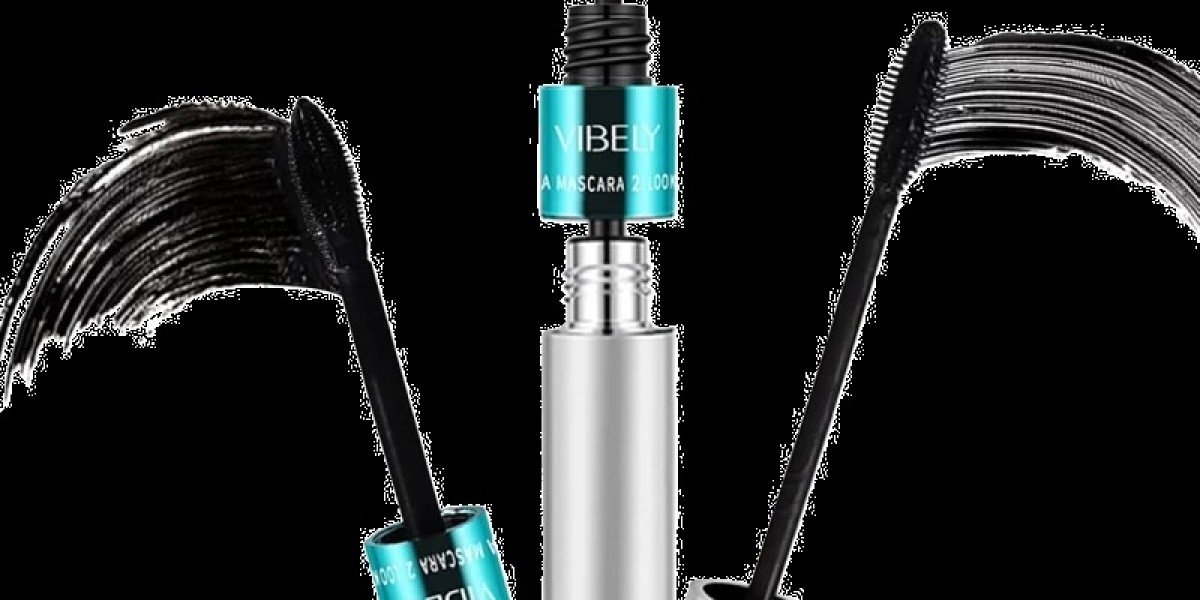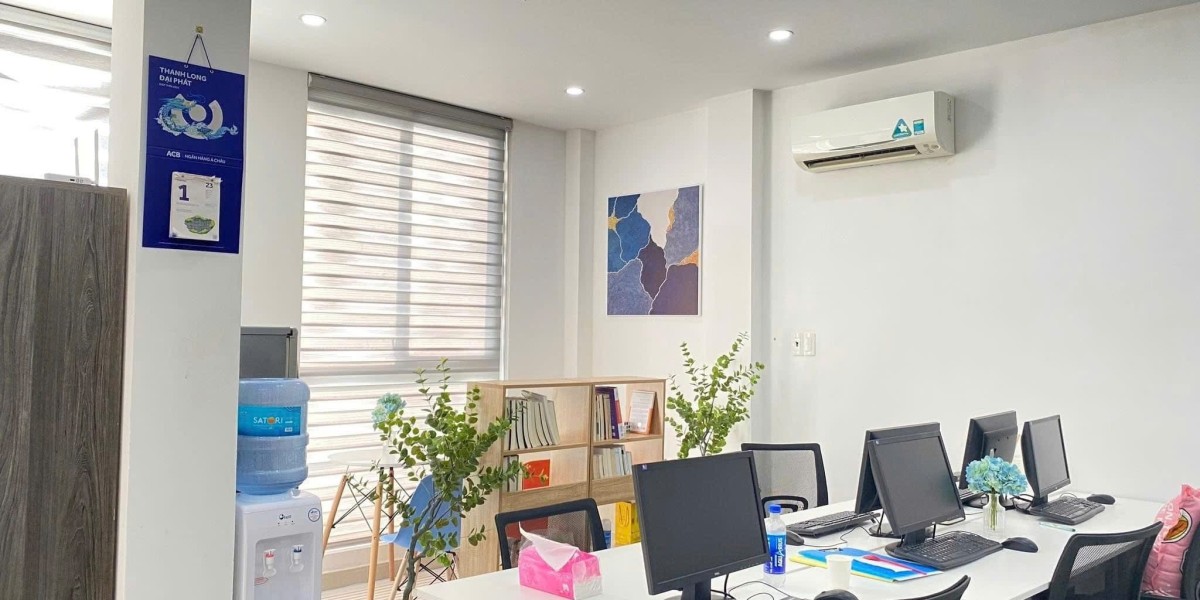Introduction to PP Jumbo Bags
Polypropylene (PP) jumbo bags, also known as bulk bags or FIBC (Flexible Intermediate Bulk Container), are an invaluable asset in various industries today. These bags are designed for the efficient transportation and storage of bulk goods, making them a preferred choice for businesses dealing with products like fertilizers, grains, chemicals, and construction materials. The prominence of these bags is anchored in their versatility, durability, and cost-effectiveness. Understanding the characteristics and Pulkit Plastic Products can significantly impact logistical efficiency and product safety.
The Material Behind Jumbo Bags
Jumbo bag plastic is predominantly made from woven polypropylene fabric. This material is renowned for its strength, resilience, and resistance to wear and tear. The woven construction gives the bag its unique durability, allowing it to support heavy weights without compromising integrity. Typically, the seams of these bags are stitched using high-strength thread, ensuring excellent load-bearing capabilities. Furthermore, the inherent properties of polypropylene make it resistant to moisture and chemicals, which is crucial for preserving sensitive materials.
Features of PP Woven Jumbo Bags
PP woven jumbo bags come equipped with various features that cater to specific user needs. They are available in different sizes, shapes, and capacities, allowing businesses to select the perfect dimensions for their storage and shipping requirements. Most commonly, the capacity of these bags ranges from 500 kg to 2000 kg, with an average jumbo bag weight being approximately 1.5 kg. The bags usually have lifting loops that facilitate easy handling and transportation using forklifts or cranes, thus enhancing operational efficiency. Additionally, customization options, such as printing logos or weight specifications, enable businesses to promote branding while ensuring product identification.
Applications Across Industries
The versatility of PP Woven jumbo bags means they can be utilized across numerous industries. In agriculture, these bags are ideal for storing grains, seeds, and fertilizers, as their breathable material helps prevent spoilage due to moisture accumulation. In the construction industry, they serve as a reliable means to transport sand, gravel, and other bulk materials. Chemicals, food products, and pharmaceuticals also benefit from the protective qualities of jumbo bags, ensuring goods remain uncontaminated during storage and transit. The nuances of each application demonstrate the adaptability and indispensable nature of these bags in operational logistics.
Safety Standards and Regulations
Using PP jumbo bags comes with responsibilities, particularly regarding safety standards and regulations. Manufacturers must ensure compliance with guidelines established for handling hazardous materials, especially in the chemical and agricultural sectors. This may include using specific safety features such as venting options for gases or dust, UV stabilization to prevent deterioration from sunlight, and ensuring that bag materials do not react adversely with the contents. Adhering to safety regulations not only protects the products being stored but also enhances worker safety during handling and transportation.
Sustainability Efforts in Jumbo Bag Production
As the world becomes increasingly aware of environmental concerns, manufacturers of Jumbo Bag Weight are implementing practices to promote sustainability. Innovations include the development of recyclable jumbo bags and using recycled materials in production. Additionally, because these bags are designed for multiple uses, they promote lower waste generation compared to traditional packaging methods. Businesses making the switch to PP woven jumbo bags from single-use containers can significantly reduce their environmental footprint. Future trends suggest a growing emphasis on eco-friendly materials and designs as manufacturers respond to consumer demand for sustainable products.
Economic Benefits of Using Jumbo Bags
Investing in PP jumbo bags can provide a multitude of economic advantages. Their durability means they have a longer service life compared to conventional packaging options, which can lead to significant cost savings. They also minimize the risk of damage to goods during transport, reducing loss and the need for replacements. Because these bags are lightweight, they save on transportation costs, allowing for more efficient shipping logistics. Overall, the economic benefits extend beyond lower initial costs, enhancing brand reputation and customer satisfaction through the reliability of secure packaging.
Conclusion: The Future of PP Jumbo Bags
The Jumbo bag plastic have established themselves as integral components of modern supply chains, providing robust solutions for bulk handling tasks. Their diverse applications across various industries emphasize their versatility, while compliance with safety standards ensures the protection of both products and personnel. As sustainability takes center stage, the evolution of PP jumbo bags toward eco-friendlier options positions them favorably for future challenges. For businesses looking for durable, economically viable, and versatile packaging solutions, PP jumbo bags stand out as a preferred choice poised to meet the demands of tomorrow’s market.
Frequently Asked Questions
What is the typical jumbag weight?
The average weight of a PP jumbo bag is around 1.5 kg. However, this can vary based on the size and design of the bag, ranging typically from 0.8 kg to 2.5 kg.
Are PP woven jumbo bags reusable?
Yes, PP woven jumbo bags are designed for multiple uses. Proper maintenance and cleaning can allow these bags to be used for various applications, extending their lifespan.
Can jumbo bags be customized?
Absolutely! Manufacturers offer options for customization, including various sizes, colors, and printing facilities for logos or instructions, making them adaptable to specific branding needs.
How do jumbo bags protect against moisture?
The woven polypropylene fabric offers a degree of moisture resistance, though specific designs with coated or laminated finishes are available for enhanced protection against moisture and chemical exposure if required.








